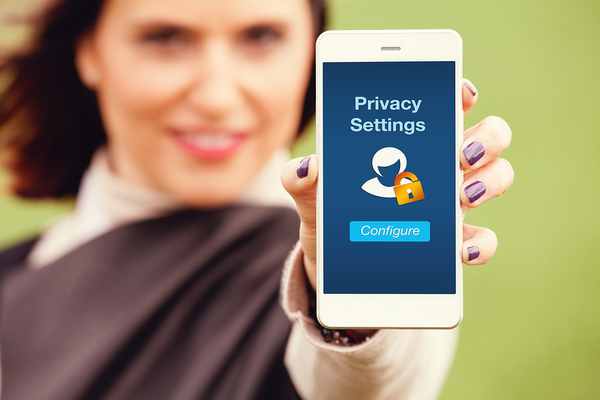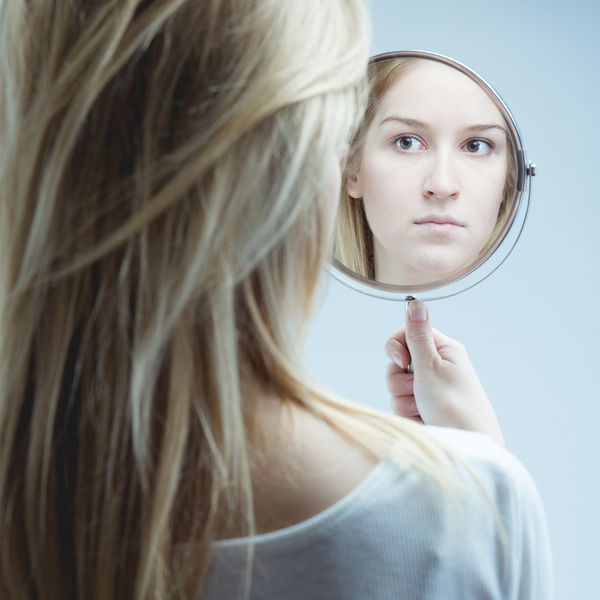There are few social media platforms that are as popular with today’s teens as Instagram. Everyone has a phone with a camera on it, and the stories of a teen’s life are told not in status updates, but largely in pictures. So it makes sense that a site exclusively dedicated to sharing pictures would be a big part of a teen’s online social circle. And unlike social media sites like Twitter, which is notorious for bullying and doxxing, Instagram may seem pretty benign to parents. However, there are dangers on Instagram that parents may not anticipate. Here’s what you need to know about protecting your child on Instagram.
Privacy

Is your teen’s privacy protected on Instagram?
It’s not uncommon for teens to share more information than they should. Sure, you’ve talked to your teens about online privacy and the importance of protecting sensitive information, like their age or phone number. But it can happen anyway — it can seem harmless to just fill in all of the blanks when signing up for a social media account.
What your teen may not realize is that all of their information is viewable to the public by default. That means that any stranger can view what’s in your child’s profile. Instagram has privacy settings, but they don’t automatically protect your child — the user has to specifically change their settings to private. Your teen may not think of doing this, so it’s up to you to remind them and to check to be certain the privacy settings are engaged. While you’re at it, make sure to turn off geo-tagging, so that your child isn’t revealing their location every time they post a photo.
Content
Instagram doesn’t use filters to limit what users can and can’t see, which means that your teen could be exposed to age-inappropriate pictures, like those containing nudity. Your teen is especially at risk of this if they’re connecting with strangers on Instagram.
Instagram users can “follow” each other, and not everyone sticks with following people they know. Your child can look up popular users and follow those accounts, for example. It’s when your child is following strangers that they’re most at risk of being exposed to inappropriate or explicit content. Make sure that your child is limiting their Instagram follows to people they know or accounts that you approve of (for example, your teen may wish to follow a celebrity’s Instagram account, which may be fine, but you should review the kind of content posted to that account first anyway.)
Bullying

Don’t let cyberbullies make your kids feel insecure about their looks.
Unfortunately, it’s almost impossible to find a social media platform where bullying or harassment is not a concern. It’s easy to think that a photo sharing site should be free of such behavior, but that’s not always the case. There are many ways that photos can be used to attack your teen socially. For example, it’s a common trend to rate girl’s photos on a scale of 1 to 10. Not only does this practice pressure teen girls into trying to achieve a certain look, a girl who is a target of bullies could receive a slew of low ratings and comments designed to make her feel insecure.
If your teen is using Instagram, you should consider making an account for yourself and following your teen so that you can keep abreast of what’s happening. Monitoring your child’s devices using parental control software can also help ensure that you’re aware of what your child is posting and looking at and who they’re interacting with. To find out more about how parental software can help you keep your teen safe, get our free trial.


